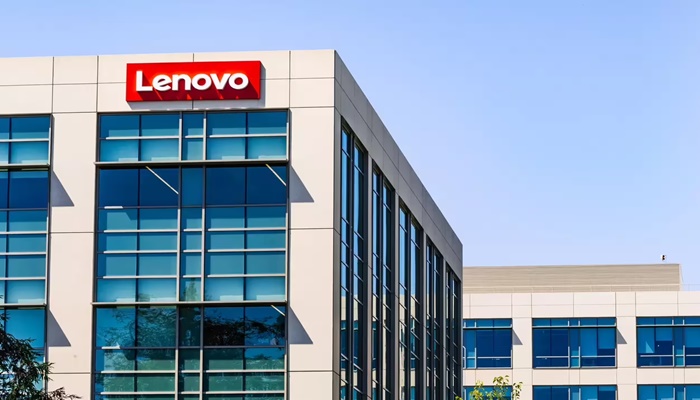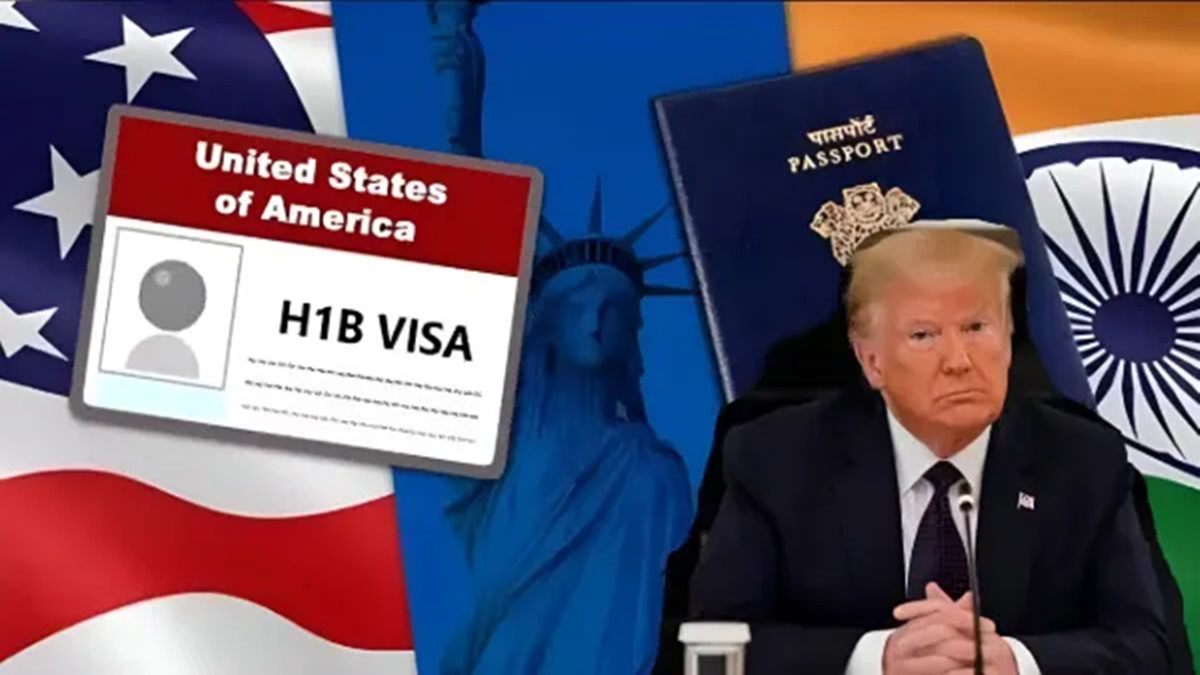The U.S. government’s recent hikes in H-1B visa fees are more than a cost adjustment. They are a signal that global banks can no longer depend on U.S. visa-driven staffing models. For decades, the H-1B visa has connected global talent pools to Wall Street. That bridge is narrowing, and banks are recalibrating.
From April 2024, the H-1B petition fee rose to $780, with an additional $600 Asylum Program Fee for most employers. Premium processing now costs $2,805, up from $2,500, and the registration fee will climb from $10 to $215 starting FY-2026.
For large employers filing thousands of petitions, this equates to tens of millions of dollars in new annual costs. On top of that, political proposals for extreme levies have created further uncertainty for long-term workforce planning.
Shifting Offshore Strategies
Rebalancing the workforce mix: Global banks that once followed a 70:30 offshore-to-onsite ratio are now moving toward 80-85 percent offshore for run-the-bank functions and 65-75 percent offshore for change-the-bank projects. Manoj Joshi, CEO of SA Technologies Inc., said increased visa fees and immigration danger are accelerating this transformation more quickly than anticipated.
Expansion of GCCs in India: As per Manoj Joshi, CEO of SA Technologies Inc, India is the unambiguous champion of this rebalancing. India is home to more than 1,900 GCCs that employ 1.6 million professionals, with BFSI being one of the leading sectors.
NASSCOM mentions that it estimates that close to half of the world’s banks already operate core activities from Indian hubs. Maharashtra’s 2023 policy for GCCs is targeting 400 new centers by 2030, indicating robust government backing for growth.
Nearshore diversification: Some banks are spreading select workloads to Canada, Poland, and Mexico for time zone or compliance reasons. Still, India continues to be their leading hub for specialized work such as quantitative development, cloud modernization, and risk analytics.
Implications for India’s Banking Sector
Growing talent demand: Employment will pick up in segments such as payments technology, AI-based fraud prevention, regulatory reporting, and compliance automation.
Cost to capability: The offshore model is shifting from staff augmentation to building capabilities. GCCs in India are creating reusable digital onboarding, fraud prevention, and KYC solution platforms. Several are also testing blockchain solutions and sophisticated cybersecurity models.
Wage and skill premiums” Whereas program costs overall fall with offshore scale, specialized jobs pay more.
“Cloud engineers, model governance professionals, and low-latency software developers in India today earn 20-30 percent more than their counterparts in conventional jobs,” said Manoj Joshi.
Regulatory oversight: With more regulated activities being offshored, GCCs have to meet RBI and SEBI requirements for data residency, third-party risk, and privileged access management.
Banks are integrating control-by-design techniques to meet both domestic and international regulators.
The Road Ahead
The rise in H-1B fees is not the cause of change; it is the trigger. Global banks are taking advantage of this time to rely more on India’s GCC ecosystem, cut structural costs by 50 to 70 percent, and speed up innovation.
“Investing in governance, talent, and resilience will give you a long-term edge over your competitors. The message is clear: offshore is no longer a way to get help,” recommended Manoj Joshi.
It is the basis for global banking’s ability to bounce back and come up with new ideas.




















